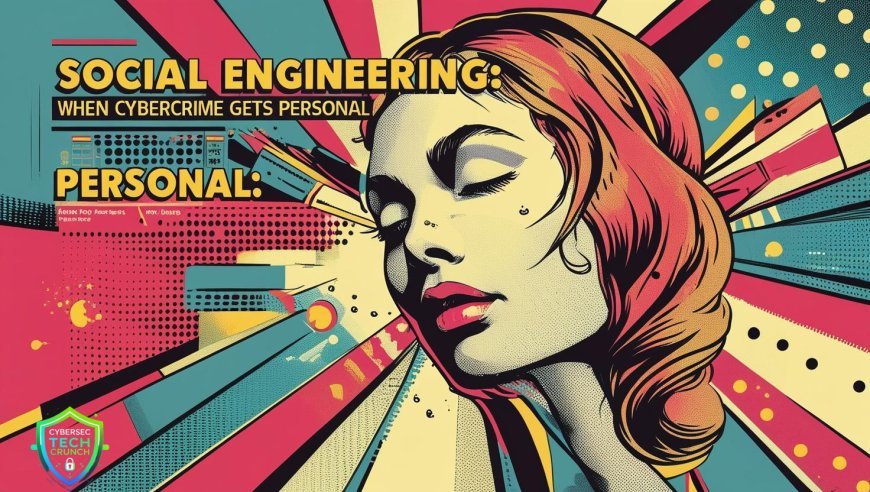Social Engineering: When Cybercrime Gets Personal

Social Engineering: When Cybercrime Gets Personal
In the ever-evolving landscape of cyber threats, it’s often the human element-not the machine-that proves most vulnerable. Among the most deceptive and dangerous tactics used by attackers today is social engineering, where manipulation, rather than malware, becomes the weapon of choice. And as technology becomes more sophisticated, so too do these tactics-now supercharged with deepfakes and artificial intelligence.
Social engineering isn't new. At its core, it's about tricking people into revealing confidential information, clicking on malicious links, or taking actions that compromise security. Phishing emails, fake support calls, and impersonation attacks have been around for years. What’s changed is how convincing these attacks have become. Today’s fraudsters don’t just send suspicious emails riddled with grammar errors. They craft personalized messages, mimic voices, and even generate video content that’s hard to distinguish from reality.
The introduction of deepfakes-synthetic media that use AI to replicate a person’s appearance or voice-has taken social engineering to a chilling new level. Imagine receiving a video call from your CEO, urgently requesting a wire transfer. The voice, the face, the mannerisms-all spot on. But it’s not real. It’s a manipulated digital clone designed to manipulate you. This isn’t science fiction; it’s already happening.
These advanced tactics prey on trust and familiarity. When people receive messages or calls that appear to come from someone they know-a colleague, a manager, a friend-they naturally let their guard down. That’s exactly what attackers count on. They use publicly available information from social media and data breaches to tailor their messages, making them feel personal and credible.
What makes social engineering so powerful is that it bypasses even the strongest technical defenses. Firewalls and antivirus software can't stop someone from giving away their password over the phone or clicking a link that “looks” legitimate. It’s why cybersecurity is no longer just a technical issue-it’s a human one.
Combating these threats requires more than just awareness-it requires skepticism and resilience. Organizations must foster a culture where it’s okay to question requests, where verification is encouraged, and where employees are trained to recognize subtle red flags. Multi-factor authentication can help reduce the impact of stolen credentials, but prevention still relies heavily on human judgment.
At the same time, businesses must stay ahead of the curve. Investing in tools that can detect deepfakes, monitoring for unusual behavior, and staying informed about the latest tactics are all essential. Cybersecurity teams need to think like attackers-anticipating how someone might exploit a moment of trust or urgency.
In the end, social engineering is a reminder that technology can only protect us so far. It’s our instincts, our training, and our ability to pause and think that serve as the last-and sometimes only-line of defense. Because in a world where appearances can be faked and trust can be weaponized, being alert isn’t just smart-it’s essential.

























